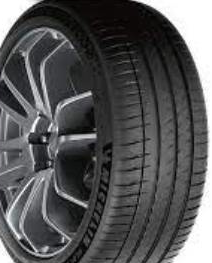What is it?
The transmission works with the engine to provide power to your car’s wheels.
Whether automatic or manual, the transmission plays a major role in the overall performance of your car.
Make sure to check it at the first sign of problems.
What does it do?
A transmission/transaxle keeps the engine’s output optimally matched to the speed and load conditions of your car.
The torque converter, connected to the automatic transmission/transaxle input shaft, connects, multiplies and interrupts the flow of engine torque into the transmission.
Universal and/or Constant Velocity (CV) joints connect to the drive shaft to transmit output power from the transmission to the transaxle on rear-wheel-drive cars and the front axle on front-wheel-drive cars.
These joints also allow the drive shaft and/or CV shaft to work at an angle.
The different types of automatic transmission fluid clean, cool, lubricate, transmit force, transmit pressure, inhibit varnish build-up and continually protect the transmission.
Typical wear and tear
Wear and tear on the transmission can be influenced by:
- Driving habits;
- Towing or excessive loads;
- Operating conditions;
- Condition of the transmission fluid; and/or
- Frequency of regular maintenance.
Symptoms
- Slipping;
- Hesitation;
- Bucking;
- Grinding gears;
- and/or Difficulty shifting.
Maintenance
We recommend you have your transmission flushed every 50,000 KM or at least every 2 years.
Source: Be Car Care Aware
Please see our Vehicle Preventative Maintenance Guide for more information on maintaining your vehicle.


 CAR & SUV
CAR & SUV ULTRA HIGH
ULTRA HIGH LIGHT TRUCK
LIGHT TRUCK WINTER
WINTER EV COMPATIBLE
EV COMPATIBLE ALL WEATHER
ALL WEATHER

 SHOP BY VEHICLE
SHOP BY VEHICLE SHOP BY TIRE SIZE
SHOP BY TIRE SIZE SHOP BY BRAND
SHOP BY BRAND VIEW ALL TIRES
VIEW ALL TIRES CLEARANCE TIRES
CLEARANCE TIRES




